Last updated on
Discover the key differences between ceramic and porcelain tile flooring to determine which option best suits your needs, style preferences, and budget.
When it comes to choosing the perfect flooring for your home, there are a variety of options available. However, two popular choices that often leave homeowners in a dilemma are ceramic and porcelain tiles.
Both these types of tiles offer durability, style, and versatility but differ in certain aspects that can impact your decision-making process. In this article, we’ll take a closer look at ceramic vs porcelain tile flooring and help you make an informed decision on which one is right for your home.
Key takeaways:
- Ceramic tiles: porous, cheaper, and have color variation.
- Porcelain tiles: denser, more expensive, and have less color variation.
- Porcelain outperforms ceramic in high-moisture areas.
- Both types require similar installation processes.
- Both tiles have specific ideal applications.
What's Inside
Tile Flooring
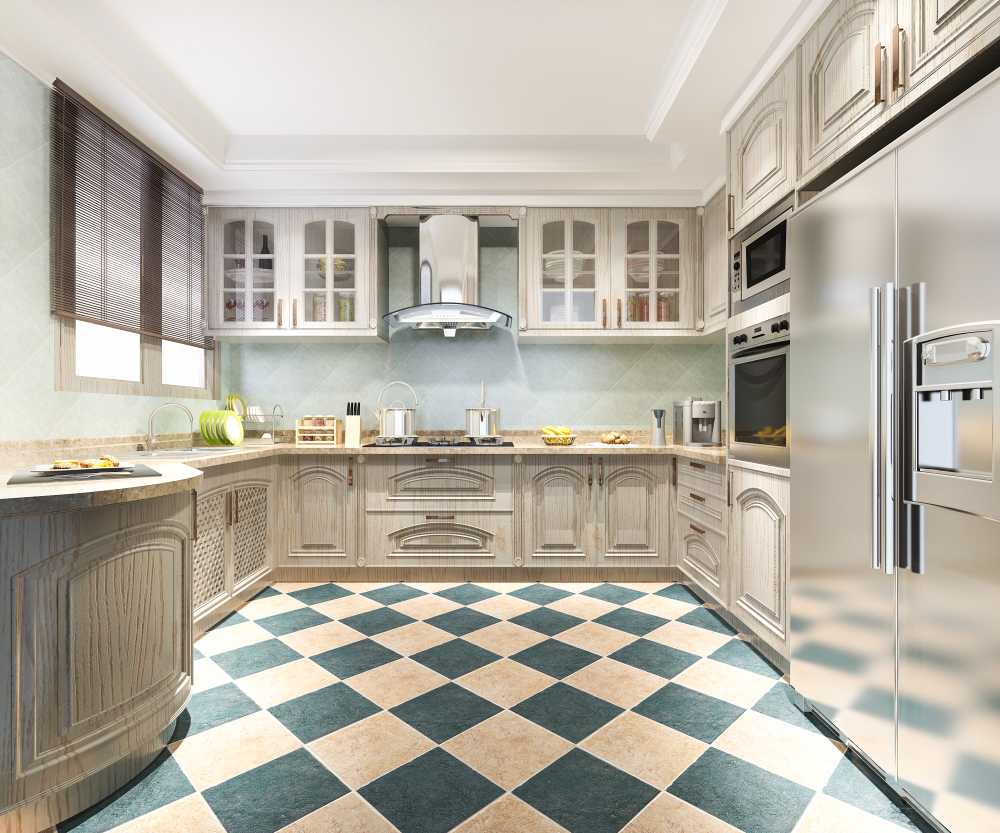
Tile flooring is a popular choice for homeowners due to its durability, versatility, and aesthetic appeal. Ceramic and porcelain tiles are two of the most commonly used types of tile flooring in homes today.
While they may look similar at first glance, there are significant differences between them that can impact your decision-making process when choosing the right type of tile for your home.
Ceramic tiles have been around for centuries and were traditionally made by hand using clay materials. Porcelain tiles, on the other hand, were developed more recently in response to demand from consumers looking for a stronger and more durable alternative to ceramic.
Material Composition

Ceramic tiles are made of red or white clay that is fired at a lower temperature than porcelain. They have a porous surface and can be glazed or unglazed.
Porcelain, on the other hand, is made of finer clays that are fired at higher temperatures making it denser and less porous than ceramic tile.
Durability & Strength
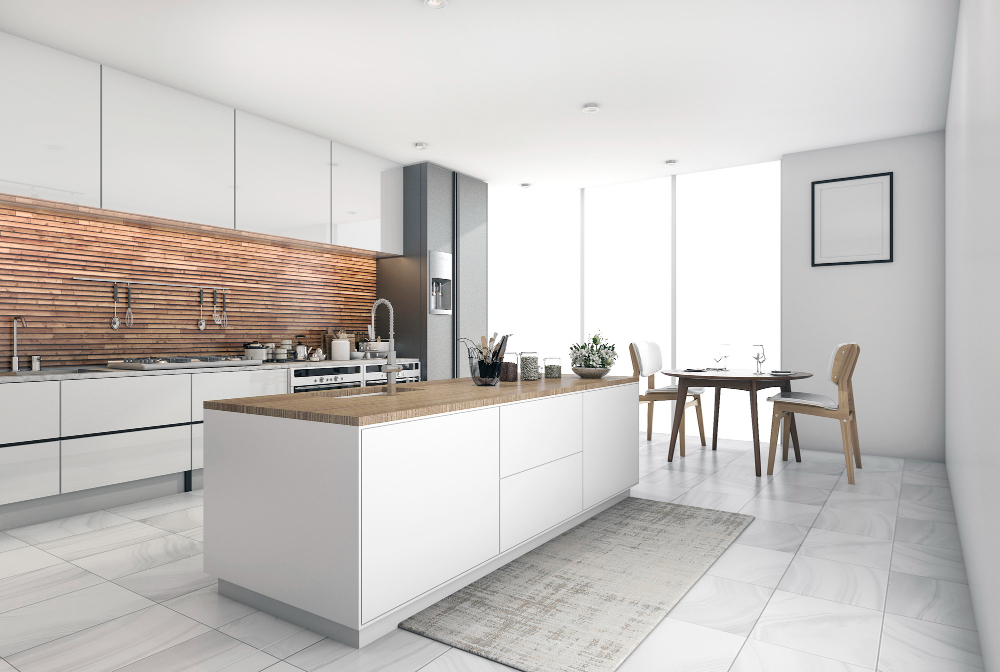
However, there is a slight difference between the two in terms of hardness. Porcelain tiles are denser than ceramic tiles due to their manufacturing process that involves firing at higher temperatures under more pressure.
This makes them less porous and more resistant to scratches, chips, stains or cracks compared to ceramic tiles.
Ceramic tile flooring can be durable too but may not withstand heavy foot traffic as well as porcelain tile flooring does over time. It’s important to note that both types of tile floors require proper installation by an experienced professional for maximum durability.
Water Resistance
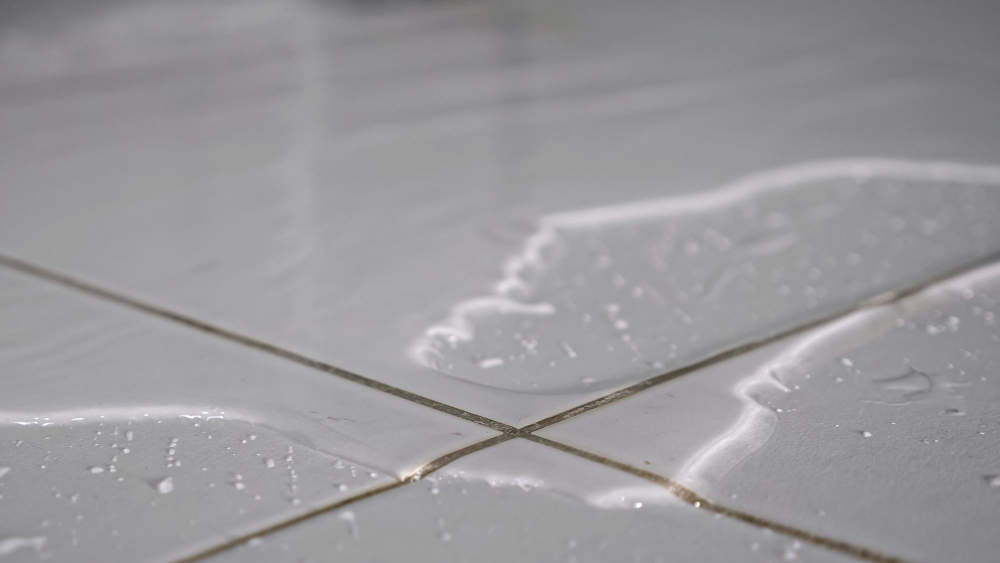
Porcelain tiles are denser, less porous, and more impervious to moisture than ceramic tiles. This makes them an ideal choice for areas that experience high levels of humidity or moisture such as bathrooms, kitchens, laundry rooms or basements.
Ceramic tiles have a higher absorption rate than porcelain due to their composition which makes them more prone to damage from water exposure over time. However, this doesn’t mean that they can’t be used in wet areas; it just means you need to take extra precautions during installation by using waterproofing materials like grout sealers.
If you’re looking for a flooring option that can withstand heavy foot traffic while being resistant to spills and stains in high-moisture environments then porcelain tile is your best bet.
Design & Aesthetics
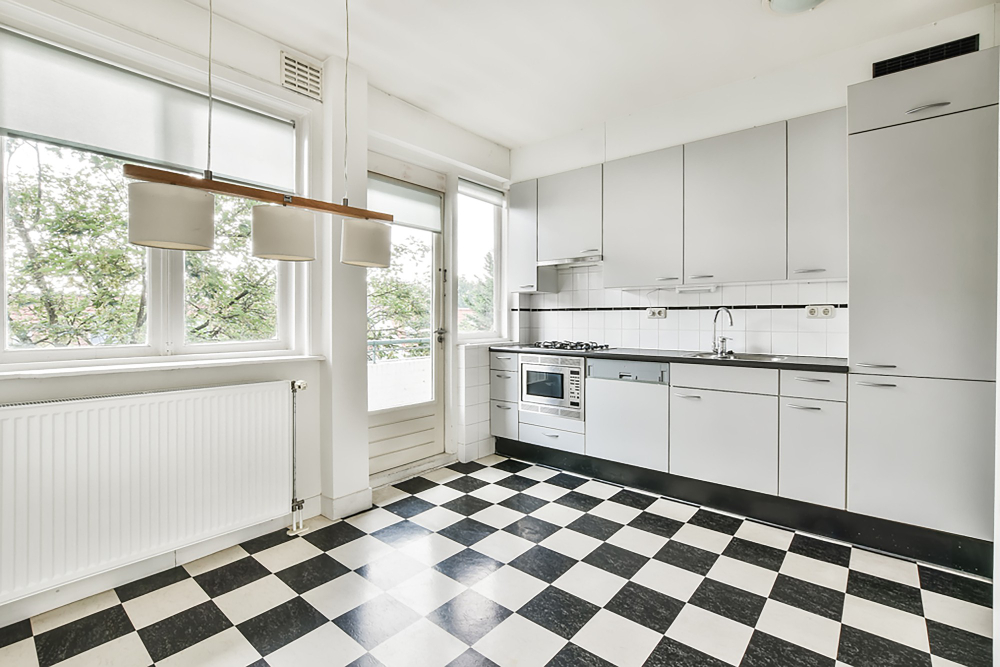
Both types of tiles come in a wide range of colors, patterns, textures, shapes, and sizes that can complement any interior style or décor. However, there are some differences in their appearance that may influence your decision.
Ceramic tiles have a softer glaze than porcelain tiles which makes them more susceptible to scratches and wear over time. They also tend to have more color variation within each tile which can create an interesting visual effect but may not be suitable for those who prefer uniformity.
Porcelain tiles are denser than ceramic ones due to the higher temperature they’re fired at during manufacturing. This density gives them greater durability as well as a smoother surface finish with less color variation from one tile to another.
Installation Process

Both ceramic and porcelain tiles require a similar installation process, but there are some differences to keep in mind.
Firstly, it’s important to ensure that the subfloor is clean and level before installing either type of tile. Any bumps or unevenness can cause problems during installation and lead to cracking or shifting over time.
Next, adhesive mortar is applied evenly across the surface using a notched trowel. The tiles are then placed onto this layer of mortar with spacers used between each one for even spacing.
After allowing sufficient drying time for the adhesive (usually 24-48 hours), grout is applied between each tile using a rubber float tool. Once again, allow ample drying time before walking on or cleaning your newly installed floor.
Maintenance & Cleaning
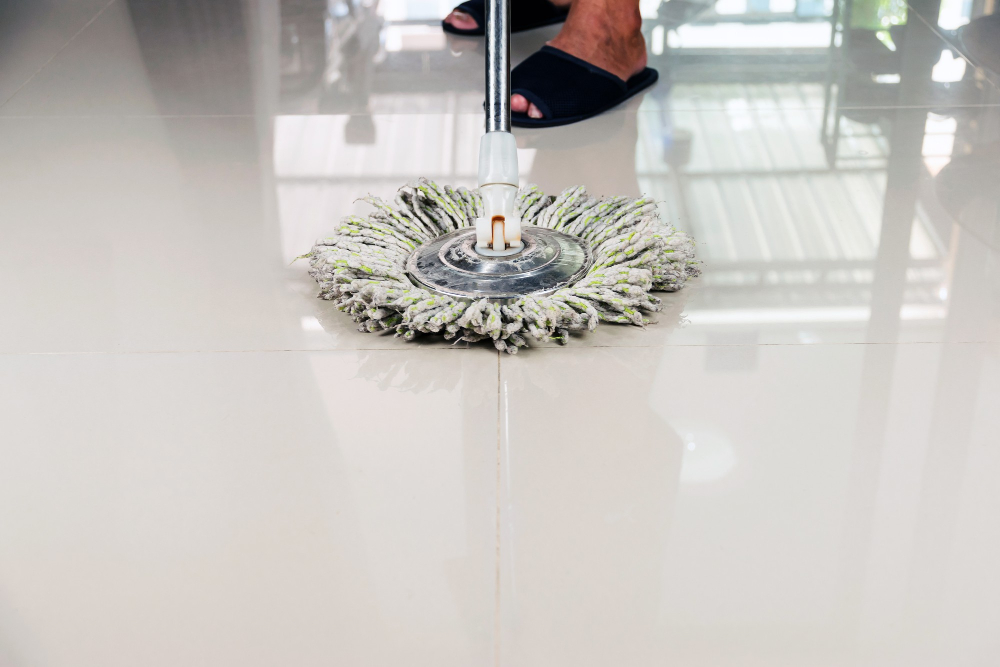
Both types of tiles are resistant to stains, scratches, and moisture damage. However, it’s essential to keep them clean regularly for optimal performance.
To clean ceramic or porcelain tiles effectively, you can use a damp mop or cloth with mild soap and water solution. Avoid using harsh chemicals as they may cause discoloration or damage the surface finish over time.
It’s also crucial to address spills immediately before they have a chance to seep into grout lines between tiles. Regular sweeping or vacuuming can help prevent dirt buildup on your floors.
Cost Comparison

Generally, porcelain tiles are more expensive than ceramic tiles due to their higher density and durability. However, the cost of both types of tiles can vary depending on factors such as size, design complexity, and installation requirements.
Ceramic tile flooring is generally less expensive than porcelain tile flooring because it’s easier to manufacture. Ceramic tiles are made from a mixture of clay and other natural materials that are molded into shape before being fired in a kiln at high temperatures.
Porcelain tile manufacturing process involves pressing together fine-grain clays under high pressure before firing them at even higher temperatures compared to ceramics. This results in denser material with lower water absorption rates making it more durable but also pricier.
Environmental Impact

Both types of tiles are made from natural materials such as clay, sand, and water but differ in their manufacturing process. Porcelain tiles require a higher temperature during the firing process which results in more energy consumption compared to ceramic tiles.
Some manufacturers use harmful chemicals during production which can have negative effects on the environment.
However, there are eco-friendly options available for both types of tile flooring. Look for products that have been certified by organizations like LEED or Green Squared® to ensure they meet certain sustainability standards.
Application Areas
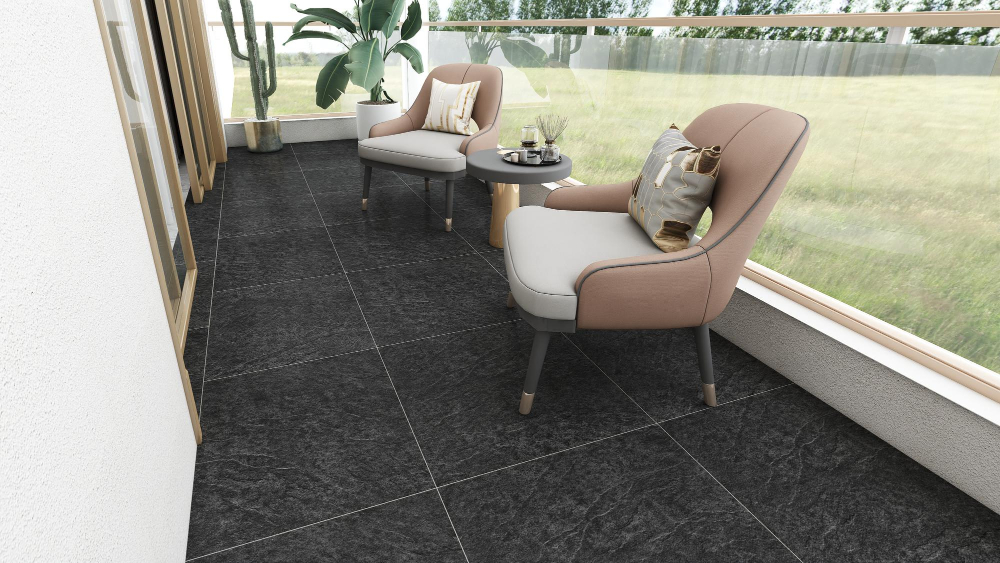
Both types of tiles are suitable for a variety of applications, but there are some differences that may make one more appropriate than the other.
Ceramic tiles are ideal for indoor use in areas such as kitchens, bathrooms, laundry rooms or entryways. They can also be used outdoors in covered patios or balconies.
Porcelain tiles have a lower water absorption rate than ceramic and therefore they’re perfect for high-moisture areas like showers or swimming pools.
Porcelain’s durability makes it an excellent choice for commercial spaces with heavy foot traffic such as shopping malls and airports while ceramics’ affordability makes them popular among homeowners who want stylish floors without breaking their budget.
Ultimately your decision will depend on your specific needs and preferences so take time to evaluate each option carefully before making a final decision.




